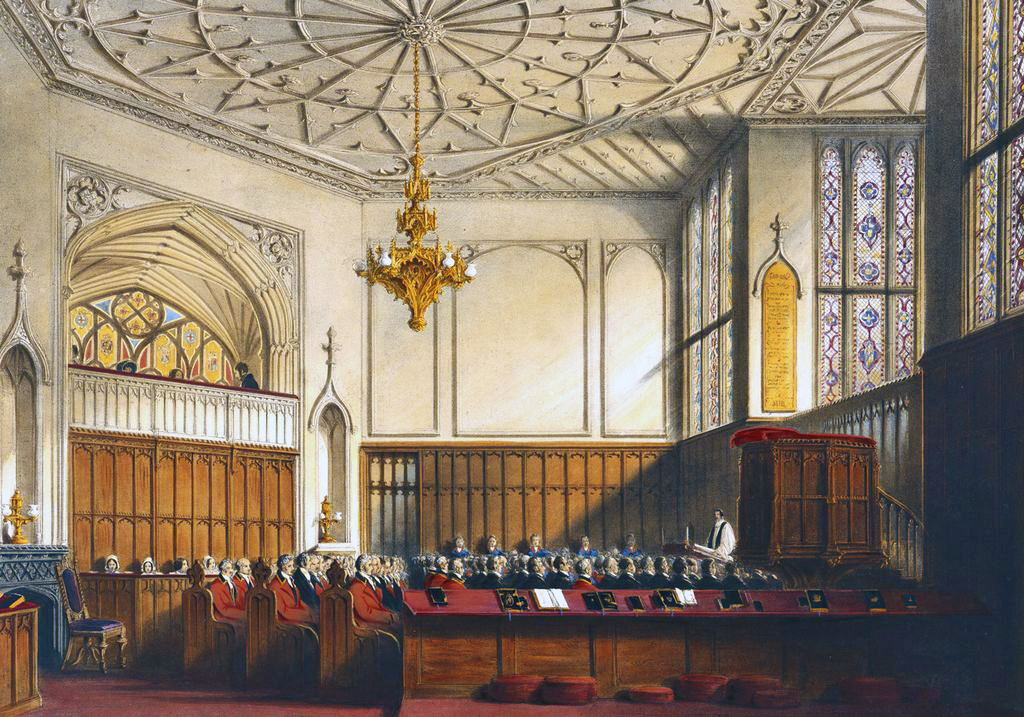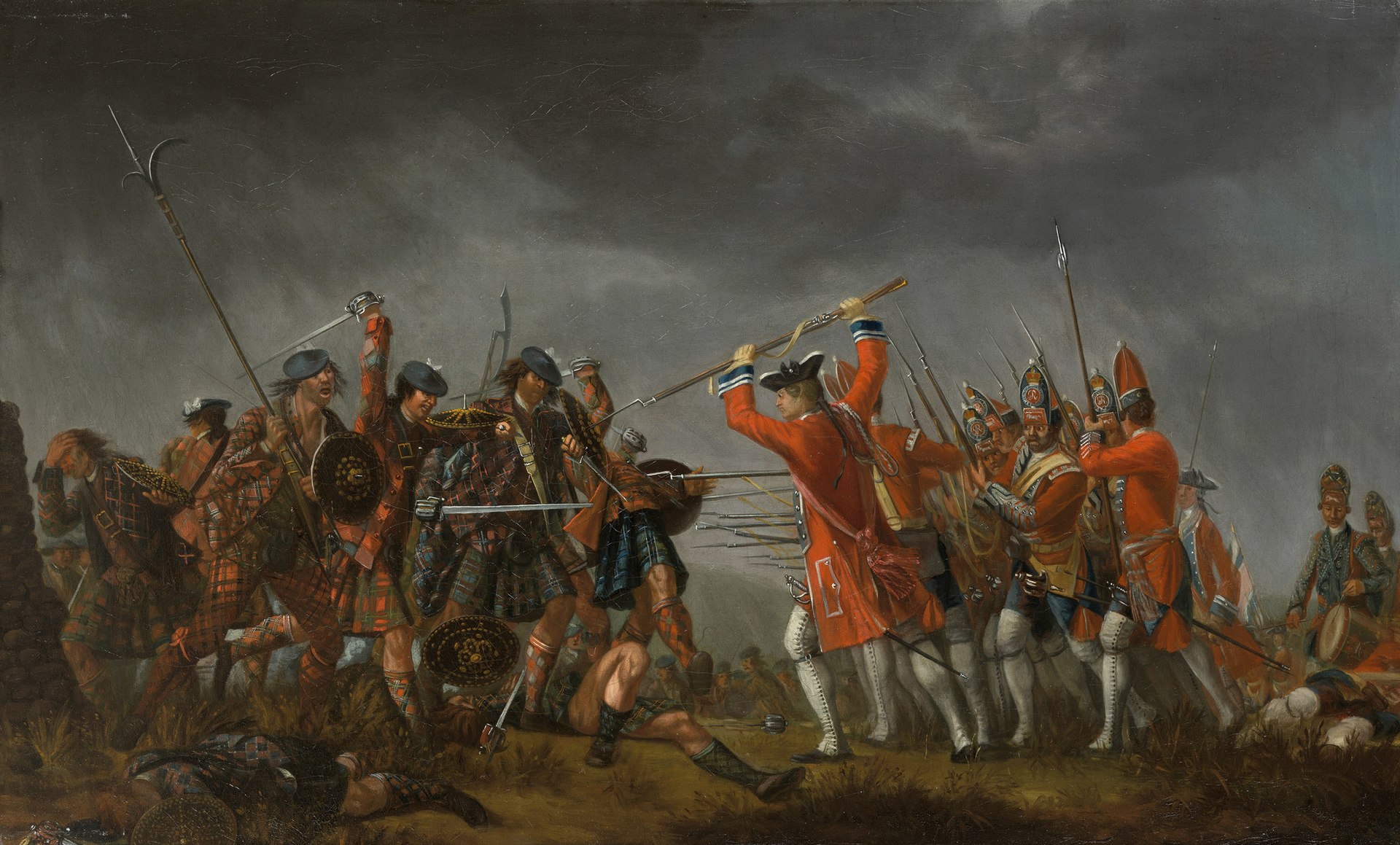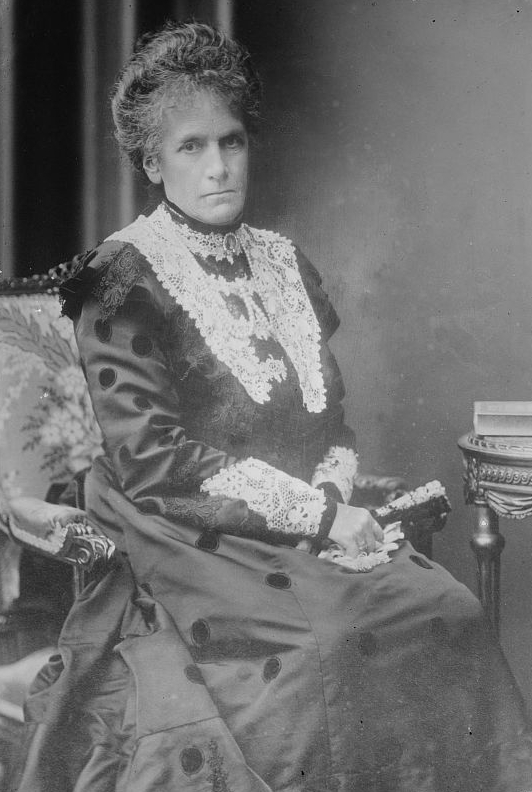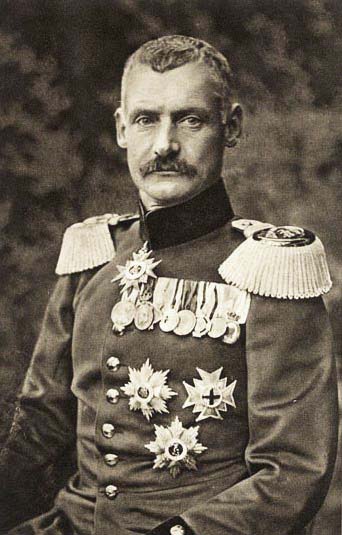by Susan Flantzer
© Unofficial Royalty 2021
The Kingdom of Sardinia: The House of Savoy had been Counts and then Dukes of Savoy, since the 11th century and ruled from the city of Turin, now in northern Italy. Vittorio Amedeo II, Duke of Savoy became King of Sicily in 1713 as a result of his participation in the War of the Spanish Succession. However, in 1720, Vittoria Amedeo II was forced to exchange the Kingdom of Sicily for the less important Kingdom of Sardinia after objections from the Quadruple Alliance (Great Britain, France, Habsburg Austria, and the Dutch Republic).
Sardinia, now in Italy, is the second-largest island in the Mediterranean Sea after Sicily, also now in Italy, but the Kings of Sardinia of the House of Savoy ruled from Turin, the capital of the Duchy of Savoy. They styled themselves as Kings of Sardinia because the title was superior to their original lesser title as Dukes of Savoy. However, they retained the regnal numerical order of the Dukes of Savoy.
Vittorio Emanuele II became the last King of Sardinia upon the abdication of his father in 1849. He then became a driving force behind the Italian unification movement along with Giuseppe Garibaldi, a general and nationalist, and Giuseppe Mazzini, a politician and journalist. Garibaldi conquered Naples and Sicily, the territories of the Kingdom of Two Sicilies, while the Sardinian troops occupied the central territories of the Italian peninsula, except Rome and part of Papal States. With all the newly acquired land, Vittorio Emanuele II was proclaimed the first King of the new, united Kingdom of Italy in 1861.
Note: Children of Kings of Sardinia were often styled “of Savoy” as their fathers were also Dukes of Savoy from the House of Savoy.
********************

Maria Theresa of Austria-Este, Queen of Sardinia; Credit – Wikipedia
Maria Theresa of Austria-Este was the wife of Vittorio Emanuele I, King of Sardinia and Duke of Savoy. Born on November 1, 1773, at the Royal Palace of Milan in the Duchy of Milan, now in Italy, she was given the names Maria Theresa Josefa Johanna. Maria Theresa was the eldest of the four daughters and the second but the eldest surviving of the ten children of Archduke Ferdinand Karl of Austria-Este and Maria Beatrice Ricciarda d’Este. At the time of Maria Theresa’s birth, the Duchy of Milan was under Austrian Habsburg rule and Maria Theresa’s father was the Governor of Milan.
Maria Theresa of Austria-Este’s paternal grandmother and her namesake was Maria Theresa, the sovereign ruler of the Habsburg territories from 1740 until her death in 1780 and was the only female to hold the position. She was the sovereign of Austria, Hungary, Croatia, Bohemia, Transylvania, Mantua, Milan, Lodomeria and Galicia, the Austrian Netherlands, and Parma. Maria Theresa of Austria-Este’s paternal grandfather was Francis Stephen, Duke of Lorraine, Grand Duke of Tuscany, and Holy Roman Emperor. The maternal grandparents of Maria Theresa of Austria-Este were also two sovereigns, Ercole III d’Este, Duke of Modena and Reggio and Maria Teresa Cybo-Malaspina, reigning Duchess of Massa and Princess of Carrara.

Maria Theresa’s parents Ferdinand Karl of Austria and Maria Beatrice d’Este, her sister Maria Leopoldine on her mother’s lap, and Maria Theresa standing; Credit – Wikipedia
Maria Theresa of Austria-Este had nine siblings:
- Josef Franz of Austria-Este (born and died 1772)
- Josepha of Austria-Este (1775 – 1777), died in early childhood
- Maria Leopoldina of Austria-Este (1776 – 1848), married (1) Karl Theodor, Elector of Bavaria, no children (2) Count Ludwig von Arco, had three children
- Francesco IV of Austria-Este, Duke of Modena (1779 – 1846), married his niece, the daughter of Maria Theresa, Maria Beatrice of Savoy, had four children
- Ferdinand Karl Joseph of Austria-Este (1781 – 1850), Commander-in-Chief of the Austrian army during the Napoleonic Wars, unmarried
- Maximilian Joseph of Austria-Este (1782 – 1863), Grand Master of the Teutonic Knights, unmarried
- Maria Antonia of Austria-Este (1784 – 1786), died in early childhood
- Karl Ambrosius of Austria-Este (1785 – 1809), Archbishop of Esztergom, Primate of Hungary
- Maria Ludovika of Austria-Este (1787 – 1816), married her first cousin Franz I, Emperor of Austria (third of his four wives), no children, died from tuberculosis
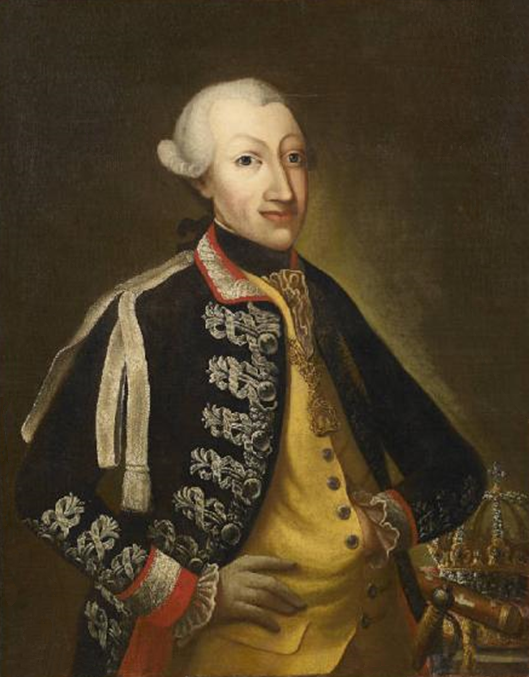
Vittorio Emanuele, Maria Theresa’s husband; Credit – Wikipedia
In the Kingdom of Sardinia, Vittorio Emanuele, Duke of Aosta, the second son of Vittorio Amadeo III, King of Sardinia and the next brother of the childless heir to the throne Carlo Emanuele, Prince of Piedmont, had reached the age of 29 and was still unmarried. Fifteen-year-old Maria Theresa of Austria-Este was chosen as his bride. She successfully demonstrated that she had met all the prerequisites. Information had been collected on her appearance, health, teeth, character, culture, piety, manners, and lifestyle. Most important was that she had already either contracted the deadly disease smallpox or had been vaccinated. The proxy wedding took place on June 29, 1788, in Milan. On April 25, 1789, in Novara, Piedmont, Duchy of Savoy, Vittorio Emanuele and Maria Theresa were married in person.

Maria Theresa at the time of her marriage; Credit – Wikipedia
At the time of the marriage, Vittorio Emanuele was the Duke of Aosta and so Maria Theresa was styled as Her Royal Highness The Duchess of Aosta until she became Queen of Sardinia. Maria Theresa and Vittorio Emanuele had a happy marriage. She became good friends with her sisters-in-law: Maria Clotilde of France, the childless wife of her husband’s brother Carlo Emanuele, and her husband’s sister Maria Anna of Savoy who had married her uncle Prince Benedetto of Savoy, Duke of Chablais and therefore remained in her homeland.

Vittorio Emanuele, Maria Theresa, and their daughters: twins Maria Teresa and Maria Anna and Maria Cristina; Credit – Wikipedia
Maria Theresa and Vittorio Emanuele had six daughters and one son:
- Maria Beatrice of Savoy (1792 – 1840), married her uncle Francesco IV, Duke of Modena and Reggio, had four children
- Maria Adelaide of Savoy (1794 – 1795), died in infancy
- Carlo Emanuele of Savoy (1796 – 1799) died in early childhood from smallpox
- A daughter (1800 – 1801), died in infancy
- Maria Teresa of Savoy (1803 – 1879), twin of Maria Anna, married Carlo II Ludovico, Duke of Parma, had two children
- Maria Anna of Savoy (1803 – 1884), twin of Maria Teresa, married Ferdinand I, Emperor of Austria, no children
- Maria Cristina of Savoy (1812 – 1836), married Ferdinando II, King of the Two Sicilies, had one son, died due to childbirth complications, in 2014 she was beatified by Pope Francis and is known as Blessed Maria Cristina of Savoy
When Napoleon‘s troops invaded the Duchy of Savoy in 1798, the royal family fled first to Tuscany, and then to the island of Sardinia. On June 4, 1802, Maria Theresa’s husband Vittorio Emanuele became King of Sardinia upon the abdication of his brother Carlo Emanuele who was despondent after the death of his wife. Maria Theresa and Vittorio Emanuele stayed in Sardinia until the fall of Napoleon and did not return to Turin until 1814.

Castle of Moncalieri, the main home of Maria Theresa and Vittorio Emanuele during the latter part of their lives; Credit – By Vinzseventyfive – Own work, CC BY-SA 4.0, https://commons.wikimedia.org/w/index.php?curid=39788820
In March 1821, liberal revolutions were occurring throughout Italy. However, Vittorio Emanuele I was not willing to grant a liberal constitution so he abdicated the throne of Sardinia in favor of his brother Carlo Felice on March 13, 1821, but remained Duke of Savoy until his death. Vittorio Emanuele and Maria Theresa lived for a while in Nice, now in France but then in the Duchy of Savoy. They then moved to Lucca in the Duchy of Parma, now in Italy, and then to the Duchy of Modena, also now in Italy. In 1822, Vittorio Emanuele and Maria Theresa returned permanently to Piedmont in the Duchy of Savoy where they lived at the Castle of Moncalieri. Vittorio Emanuele died on January 10, 1824, aged 64, at the Castle of Moncalieri.
Maria Theresa was accused of trying to convince her childless brother-in-law Carlo Felice, King of Sardinia to name her brother Francesco IV of Austria-Este, Duke of Modena, the husband of her eldest daughter Maria Beatrice, as the heir to the throne of Sardinia. However, Carlo Felice named Carlo Alberto, Prince of Carignano, the senior male member of the House of Savoy-Carignano, a cadet branch of the House of Savoy, as his heir. Tensions arose as a result of this incident, forcing Maria Theresa to live in Genoa at the Palazzo Doria-Tursi. In 1831, she was allowed to return to Turin for the proxy marriage of her daughter Maria Anna to the future Ferdinand I, Emperor of Austria.

Basilica of Superga, the traditional burial site of the House of Savoy; Credit – By Konstantin Dacosta – Imported from 500px (archived version) by the Archive Team. (detail page), CC BY 3.0, https://commons.wikimedia.org/w/index.php?curid=71467776
Maria Theresa survived her husband by eight years. She died unexpectedly, aged 58, on March 29, 1832, in Geneva, Switzerland, and was buried next to her husband at the Basilica of Superga, the traditional burial site of the House of Savoy in Turin, Duchy of Savoy, now in Italy.
This article is the intellectual property of Unofficial Royalty and is NOT TO BE COPIED, EDITED, OR POSTED IN ANY FORM ON ANOTHER WEBSITE under any circumstances. It is permissible to use a link that directs to Unofficial Royalty.
Works Cited
- De.wikipedia.org. 2021. Maria Theresia von Österreich-Este (1773–1832) – Wikipedia. [online] Available at: <https://de.wikipedia.org/wiki/Maria_Theresia_von_%C3%96sterreich-Este_(1773%E2%80%931832)> [Accessed 29 June 2021].
- En.wikipedia.org. 2021. Ferdinand Karl, Archduke of Austria-Este – Wikipedia. [online] Available at: <https://en.wikipedia.org/wiki/Ferdinand_Karl,_Archduke_of_Austria-Este> [Accessed 29 June 2021].
- En.wikipedia.org. 2021. Maria Beatrice d’Este, Duchess of Massa – Wikipedia. [online] Available at: <https://en.wikipedia.org/wiki/Maria_Beatrice_d%27Este,_Duchess_of_Massa> [Accessed 29 June 2021].
- En.wikipedia.org. 2021. Maria Theresa of Austria-Este, Queen of Sardinia – Wikipedia. [online] Available at: <https://en.wikipedia.org/wiki/Maria_Theresa_of_Austria-Este,_Queen_of_Sardinia> [Accessed 29 June 2021].
- Flantzer, S., 2021. Vittorio Emanuele I, King of Sardinia and Duke of Savoy. [online] Unofficial Royalty. Available at: <https://www.unofficialroyalty.com/vittorio-emanuele-i-king-of-sardinia-and-duke-of-savoy/> [Accessed 29 June 2021].
- It.wikipedia.org. 2021. Maria Teresa d’Austria-Este – Wikipedia. [online] Available at: <https://it.wikipedia.org/wiki/Maria_Teresa_d%27Austria-Este> [Accessed 29 June 2021].

